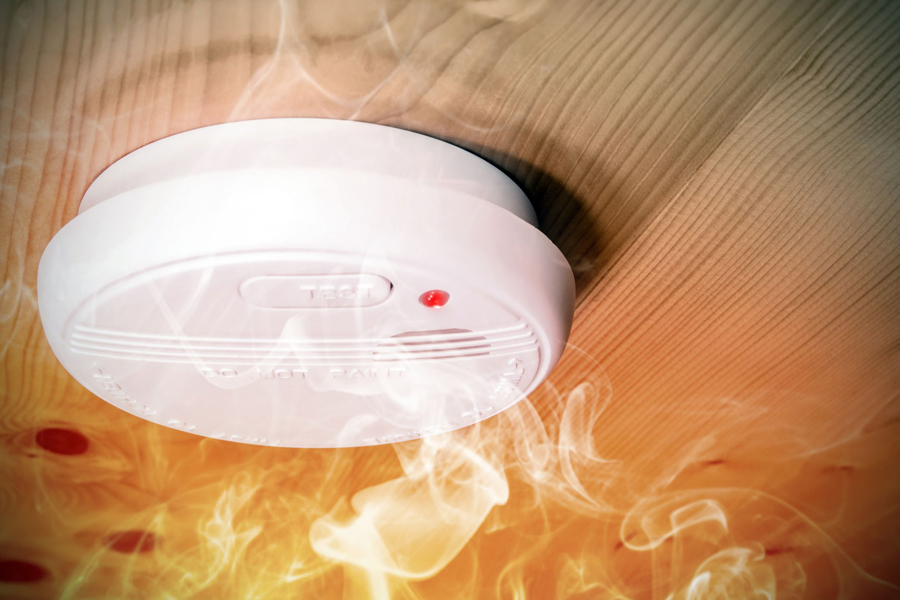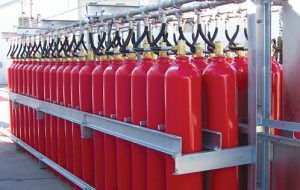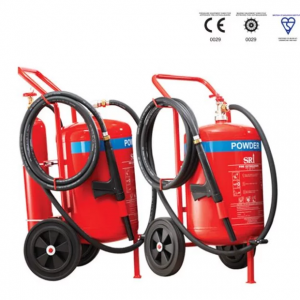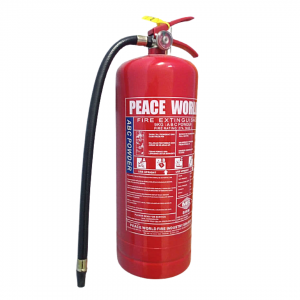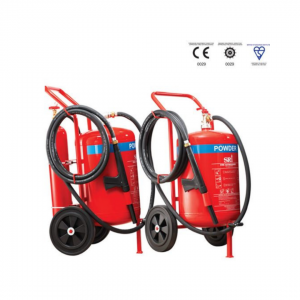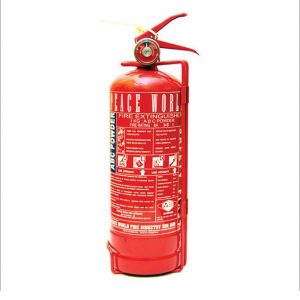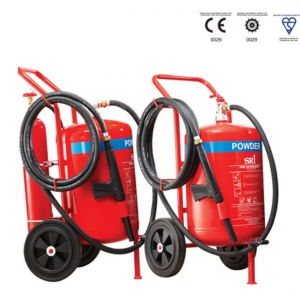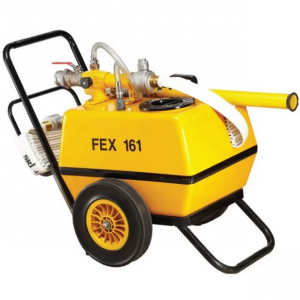HOW TO CHOOSE SMOKE DETECTOR?
Many brands of smoke detectors are available on the market, but choosing the best one for your family is crucial. Early warning during a home fire can make all the difference, so don’t wait until it’s too late. Smoke detectors alert you as soon as a fire starts, helping you prevent injuries and minimize property damage.
To make an informed choice, you should first understand the different types of smoke detectors: ionization, photoelectric, and dual-sensor alarms, which combine both ionization and photoelectric technology.
TYPES OF SMOKE DETECTORS
1) Inonization Smoke Detectors
Ionization smoke detectors excel at detecting the small particles typical of fast and flaming fires but struggle with identifying smoky and smoldering fires.
An ionization smoke alarm contains a small amount of radioactive material. This material emits radiation that passes through an ionization chamber, an air-filled space between two electrodes, allowing a small, constant current to flow between them.
When smoke enters the chamber, it absorbs the alpha particles, reducing ionization and interrupting the current, which triggers the alarm. This type of alarm responds best to fast, raging fires. However, ionization smoke alarms can easily be triggered by smoke from burnt food or steam from a shower, leading to more false alarms if you place them in the kitchen or near a bathroom.
2) Photoelectric Smoke Detectors
Photoelectric smoke detectors excel at detecting large particles from smoky, smoldering fires but are less effective at detecting fast, flaming fires.
These detectors are ideal for kitchen areas since they are less prone to false alarms from burnt food.
Photoelectric alarms use a light source, a light beam, and a photoelectric sensor. When smoke enters the optical chamber and crosses the light beam, the smoke particles scatter the light toward the sensor, triggering the alarm.
These detectors are best for sensing smoldering fires that produce heavy smoke with little or no visible flames. While they are less prone to false alarms than ionization detectors, dust build-up can occasionally trigger them.
3) Dual Sensor Smoke Detectors
Dual-sensor smoke detectors combine ionization and photoelectric technology to detect both flaming and smoldering fires. They offer the best protection and eliminate the need to install two separate smoke detectors.
Things to Be Consider Before Choose Your Smoke Detector
1) Power Source
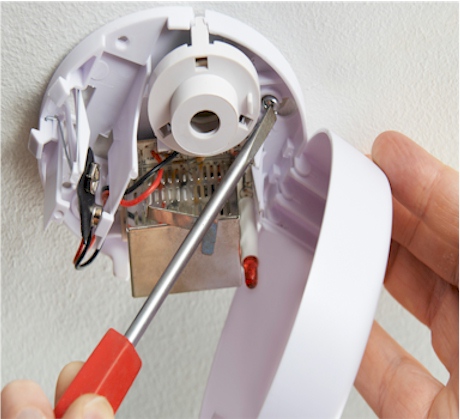
Alarms can be battery-powered or hardwired into your home’s electrical system, with backup batteries for power outages. Hardwired alarms often required by state law, are recommended since they can interconnect with other alarms in your home.
Though they typically need professional installation, they provide a significant safety advantage. Battery-only alarms are easy to install and work during power outages, but you’ll need to replace the batteries once or twice a year.
Some models use lithium batteries that may last the alarm’s lifetime. While some alarms can plug into an outlet, the ideal placement is on or near the ceiling.
2) Interconnect Ability
As mentioned above, you can link some smoke detectors, as well as carbon monoxide detectors, to all the units in the house so all of them will go off if one is triggered.
This is an important feature for homes with multiple levels where you may not be able to hear an alarm in a far corner of the house. Many newer homes have this wiring already in place, or you can purchase alarms that will connect wireless.
3) Silence Button
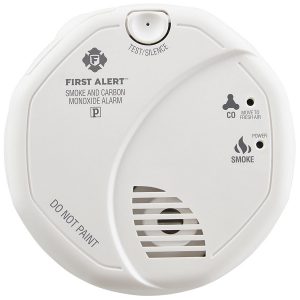
Silencing an alarm with a button is much safer than disabling the unit, as it prevents you from forgetting to reinstall the batteries. The silence button temporarily quiets the alarm, which will sound again if the issue persists.
Some smoke detectors have one silence button, while others have two—one for false alarms and another for low-battery warnings. The low-battery warning can be silenced for longer periods, depending on the model.
4) Light Alarms
A flashing light as part of a smoke detectors warning system is an important feature for anyone who is hearing-impaired. Some alarms also come with a safety light that provides illumination in the dark.
5) Digital Carbon Monoxide Display
Some smoke detectors also function as carbon monoxide detectors, adding another layer of home safety.
A digital display that shows carbon monoxide levels, even below the alarm threshold, can be extremely helpful, though not essential for safety.
Some detectors also display the peak carbon monoxide level since the last reset, alerting you to any spikes that occurred while you were away or sleeping.
So Which Type Of Smoke Detector Should You Choose?
The only real way to improve your safety is to install both types of smoke detectors in every room where a smoke detector might be necessary. The truth is, you simply can’t predict which type of fire you may encounter.
Then what are you waiting for? Get your smoke detector at AITO FIREWORK just click the link below to purchase our smoke detector.
AITO INTERLINK SMART SMOKE DETECTOR
Sources:

